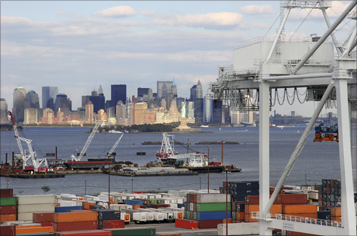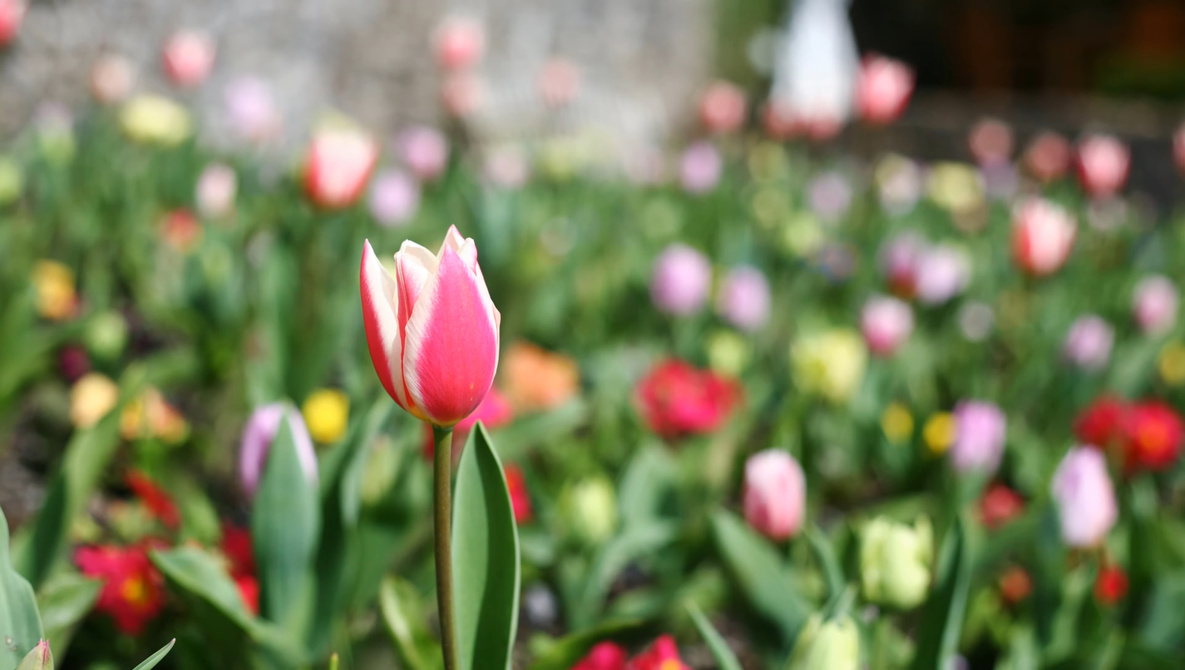The Canon 5D, released in 2005 at a price of $3,300, remains a fascinating entry in the world of photography, even in 2024. This iconic full-frame camera can now be found for approximately $150, sometimes bundled with a lens, making it accessible to a new generation of photographers. A recent video review by photographer Alex Cooke explores the enduring qualities of this legendary model, highlighting both its strengths and limitations.
Enduring Features and Limitations
Despite its age, the original Canon 5D’s 12-megapixel sensor continues to deliver sharp and usable images, particularly when shooting in raw format. While many contemporary cameras boast higher megapixel counts, the 5D’s performance remains impressive, especially for those who appreciate its straightforward approach to photography. However, the camera does exhibit some notable quirks, indicative of its nearly two-decade-old design.
The autofocus system is limited to just nine points, all located in the center, which can be restrictive for dynamic shooting situations. Additionally, the absence of live view means that every photograph must be composed through the viewfinder. Photographers may find the rear screen particularly challenging as it is both small and low-resolution, complicating the assessment of focus and color accuracy.
Quality and Performance
One of the standout features of the Canon 5D is its solid build quality. The magnesium alloy body feels sturdy, offering reliability in various shooting conditions. Basic features such as mirror lockup and long exposure noise reduction enhance its practicality, while the responsive shooting experience provides a satisfying user interface.
As with any technology, the 5D’s limitations become apparent, particularly in terms of sensor performance. At low ISO values, images are crisp and detailed, but noise becomes noticeable beyond ISO 400. By ISO 1,600, shadow areas can lose detail, and the extended ISO 3200 produces noticeably rough images. The camera lacks modern dynamic range tools, necessitating careful exposure management to avoid blown highlights or crushed shadows.
Color reproduction is generally good, particularly in outdoor settings. However, the auto white balance can struggle under artificial light, resulting in a characteristic orange hue that photographers of the era will recognize. These issues highlight the advancements in camera technology over the past two decades.
In summary, while the Canon 5D is not without its flaws, its affordability and unique qualities still attract photographers in 2024. The video review by Alex Cooke provides an in-depth look at how this camera holds up today, making it a valuable resource for both seasoned professionals and hobbyists alike.






































































